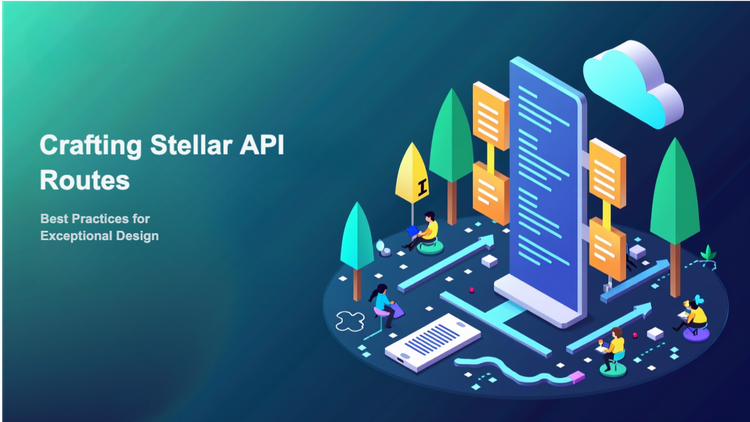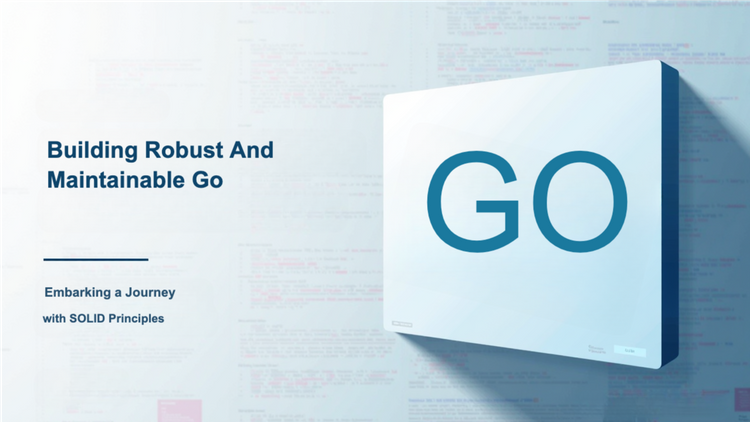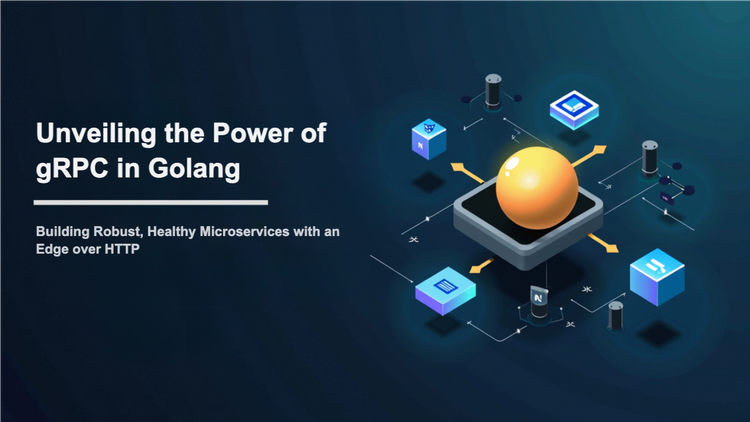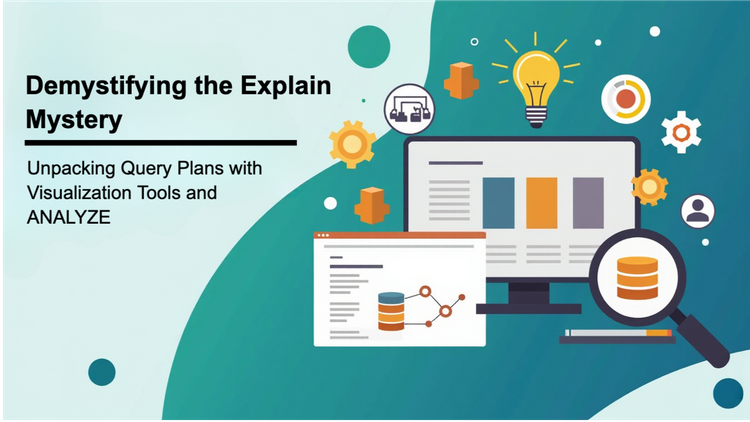Terraform: Building Infrastructure As Code and Versioning Your Infrastructure

Infrastructure changes are unavoidable in the ever-changing realm of cloud computing. As requirements shift and applications expand, the infrastructure needs to adapt as well. However, manually handling these changes can be a hassle, prone to errors, and consume valuable time. That's where game-changers like Terraform step in - infrastructure as code (IaC) tools that simplify and automate the management of these changes.
What is Terraform?
Terraform is an amazing open-source infrastructure as code (IaC) tool that simplifies the process of provisioning and managing infrastructure resources across various cloud providers. With Terraform, you can define your desired infrastructure state using a declarative configuration language. It then generates an execution plan to effortlessly apply any necessary changes and bring your infrastructure to the desired state with ease.
Benefits of Terraform
By using Terraform, you can:
- Automate infrastructure provisioning: By using Terraform, manual provisioning becomes unnecessary as it guarantees consistent and repeatable infrastructure deployments.
- Standardize infrastructure: Terraform's declarative syntax ensures consistent infrastructure definitions are used across teams and environments.
- Version control infrastructure: Git or other version control systems can be used to easily track and manage versions of Terraform configuration files. This allows for traceability and the ability to roll back changes if needed.
- Improved collaboration: Terraform is a tool that greatly helps to streamline collaboration between infrastructure teams, developers, and operations teams.
- Reduced downtime: Terraform has an impressive capability to plan and execute changes in a controlled manner, ensuring minimal downtime and disruption to applications.
Building Infrastructure As Code with Terraform
To leverage Terraform for infrastructure as code, the first step is to create a Terraform configuration file. In this file, you define the desired state of your infrastructure by specifying the resources you want to create or modify, like virtual machines, databases, and network configurations. Once you have your configuration file ready, Terraform will take care of parsing it and generating an execution plan to provision or modify the infrastructure accordingly.
Versioning Your Infrastructure with Terraform
You should definitely use Terraform for versioning your infrastructure configurations. It allows you to easily check in your Terraform configuration files to a version control system like Git. This way, you can keep track of changes made to your infrastructure over time and even roll back to previous configurations if necessary. Plus, it makes collaboration with team members on infrastructure changes a breeze!
When you leverage Terraform to version your infrastructure, you're able to keep a record of all your infrastructure deployments. This allows you to easily track changes and understand their impact. Additionally, it helps in identifying any potential issues that may arise along the way. By doing so, you establish a culture of transparency and accountability in managing your infrastructure.
Conclusion
Terraform is a game-changing tool that can completely transform how you handle your infrastructure. It simplifies infrastructure provisioning, standardization, version control, and collaboration, making it an essential asset in the dynamic realm of cloud computing. By adopting infrastructure as code and utilizing Terraform to version your infrastructure, you can guarantee consistent, dependable, and traceable deployments. This will boost agility and efficiency within your organization.




